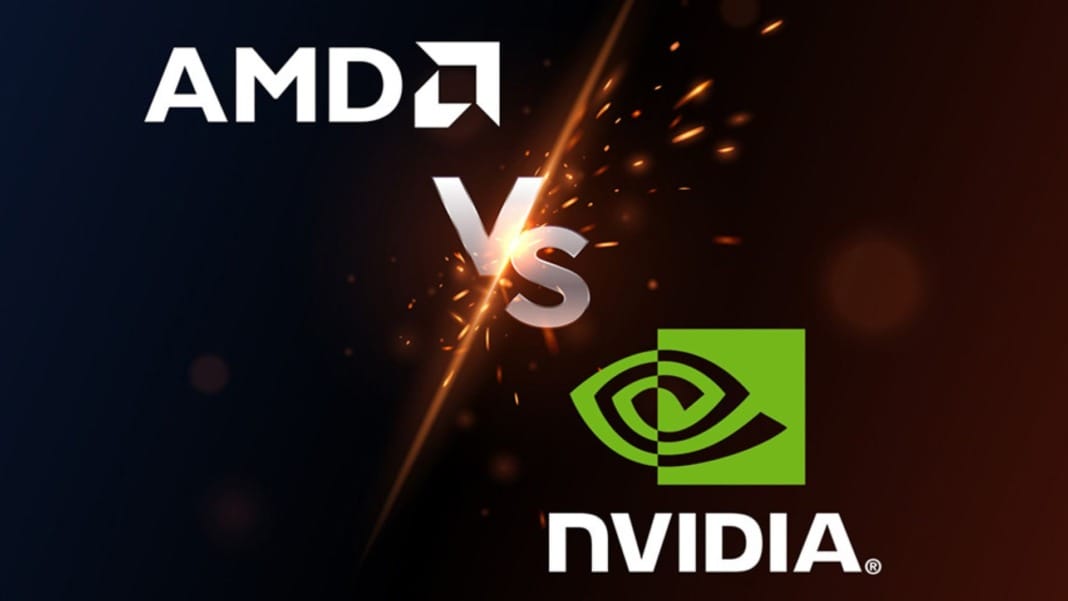AMD may be preparing to compete head-on with NVIDIA in the high-end GPU market, according to new industry leaks. After adopting a more conservative approach with RDNA4, also known as the Radeon RX 9000 series, the company is reportedly working on a major overhaul for its next-generation graphics cards. The upcoming architecture, rumoured to be named UDNA, is said to bring significant changes that could help AMD challenge NVIDIA’s dominance at the top end of the market.
Leaked information from a well-known source, Kepler, suggests that AMD intends to unify its GPU architecture across both gaming and data centre products. This shift would mark the end of the RDNA and CDNA split, allowing AMD to develop a single architecture that scales from powerful data centre accelerators to gaming-focused graphics cards. A unified design could simplify development while improving efficiency and performance across different product categories.
Details of the leaked GPU line-up
According to Kepler’s leaked diagrams, AMD is developing four GPU configurations under the codenames AT0, AT2, AT3, and AT4. AT0 is expected to be the flagship model, featuring 96 Compute Units and a 512-bit memory interface. This specification puts it on par with NVIDIA’s upcoming GeForce RTX 5090 in terms of memory bandwidth potential. If accurate, this would represent AMD’s first genuine attempt in years to release a no-compromise flagship GPU rather than simply offering competitive high-end cards.
The AT2 design, featuring 40 Compute Units and a 192-bit bus, is aimed at mid-range users. Meanwhile, AT3 and AT4 are likely to be laptop-oriented models with support for LPDDR5X or potentially LPDDR6 memory, showing AMD’s intent to strengthen its presence in the competitive mobile GPU market. NVIDIA’s Ada refresh and Intel’s Arc Battlemage GPUs have intensified competition in this sector, making AMD’s upcoming designs critical for growth.
Release timeline and market outlook
Although excitement is building around the UDNA series, it could be several years before these GPUs reach consumers. Current rumours suggest a release window in 2027, aligning with AMD’s typical two-year cadence for launching new GPU architectures. The possibility of AMD re-entering the flagship market with a powerful, high-end product is expected to generate significant interest among PC gamers who have seen NVIDIA dominate the premium graphics space since the launch of the GeForce RTX 4090.
If the leaks prove accurate, UDNA could mark a turning point for AMD, offering a unified platform that not only improves development efficiency but also gives gamers and professionals a compelling alternative to NVIDIA’s top-tier offerings.





